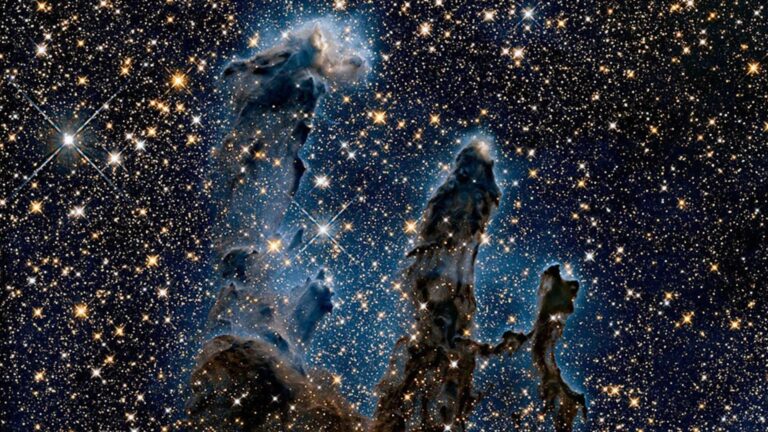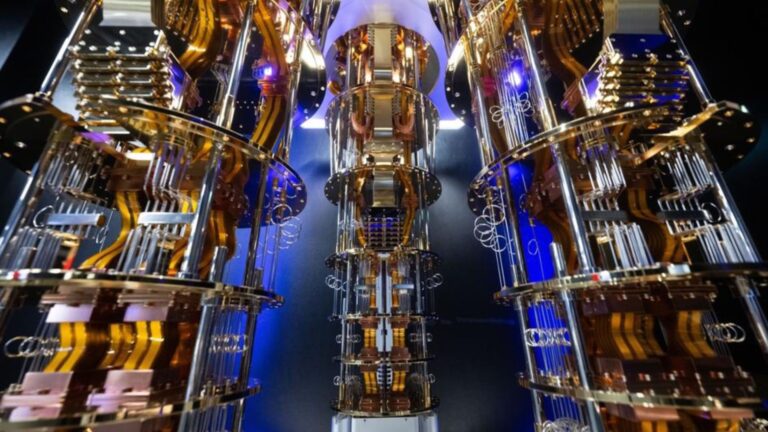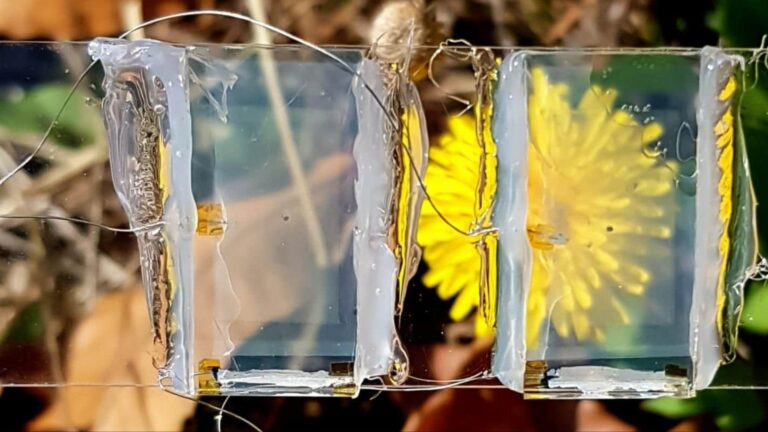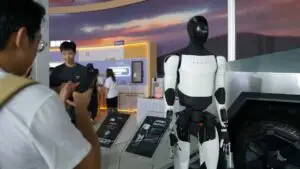
Researchers at Kyoto University and Hiroshima University have, for the first time, experimentally measured the elusive quantum W state, a milestone in multi-photon entanglement that had remained unresolved for over 25 years. Published September 13, 2025, in Science Advances, the work opens new pathways for quantum teleportation, communication protocols, and advanced computing technologies (Phys.org).
W State vs. GHZ State: A Fundamental Difference
Quantum entanglement binds particles such that measuring one instantaneously affects the others, regardless of distance. While Greenberger–Horne–Zeilinger (GHZ) states have been measurable for decades, the W state—characterized by its robustness to particle loss—remained experimentally inaccessible. If one photon is lost from a W state, the remaining photons retain entanglement, unlike GHZ states, which collapse into separable states under the same conditions (Wikipedia).
Cyclic Shift Symmetry Enables One-Shot Measurement
Led by Shigeki Takeuchi, the team exploited the W state’s cyclic shift symmetry, theoretically proposing an entangled measurement using a photonic quantum circuit that performs a quantum Fourier transform tailored to W states of arbitrary photon numbers. Their device, comprising high-stability optical circuits, distinguished different three-photon W state configurations in a single measurement shot, achieving high fidelity identification without exponential increases in data collection (Asianet News).
Experimental Innovation and Scalability
The researchers injected three single photons with specific polarization states into an on-chip photonic circuit operating passively for extended durations. By analyzing output correlations, they directly identified distinct W state types, bypassing traditional quantum tomography’s exponential measurement growth. This “one-shot” approach dramatically simplifies state characterization and paves the way for scalable multi-photon entanglement experiments.
Implications for Quantum Technologies
This breakthrough has profound implications:
- Quantum Teleportation: Enhanced W state manipulation can improve teleportation fidelity and range.
- Quantum Communication: Robustness to photon loss makes W states ideal for real-world networks subject to signal attenuation.
- Measurement-Based Quantum Computing: Reliable multi-photon entanglement underpins architectures that use pre-prepared resource states for computation.
Takeuchi noted, “Our work not only proves a decades-old theory but also provides a practical path toward scalable quantum technologies,” emphasizing plans to extend the technique to larger photon ensembles and integrate the circuits into commercial quantum photonic platforms (News SSB Crack).
As quantum technology accelerates worldwide—with recent quantum teleportation over internet infrastructure and fault-tolerant computing advances—this experimental realization of W state measurements marks a critical step toward deploying next-generation quantum information systems.












